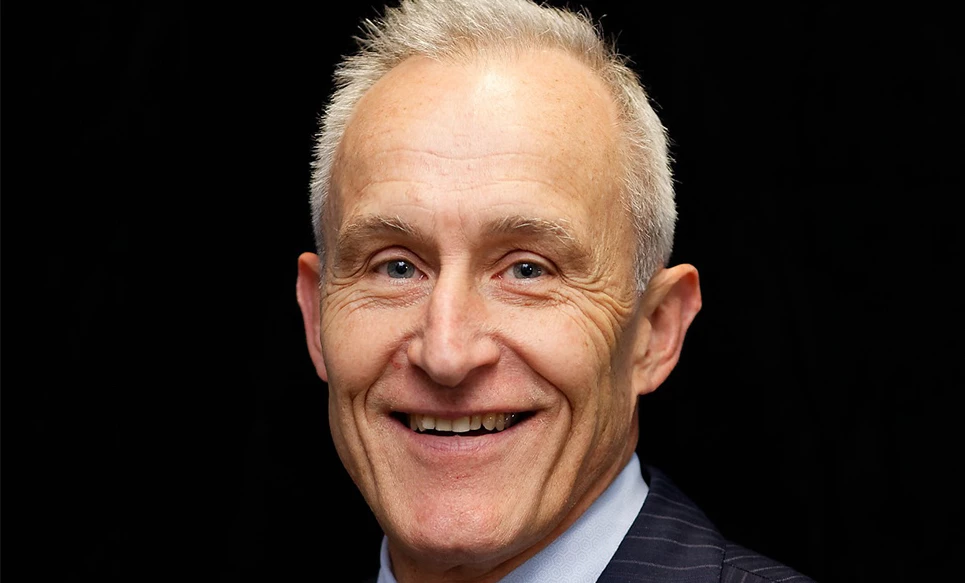
Partner Article
Moore Global warns the world's not ready to meet emission targets
A new report by Moore Global, one of the world’s leading accountancy and advisory networks, warns that despite a focus on the desirable net zero goal, many world leaders are glossing over the uncomfortable fact that the investment, technology upgrades and infrastructure required are not yet in place to make them a reality.
The Moore Intelligence report highlights that although the world is set on a course to replace carbon fuels with climate friendly alternatives, some of the world’s major industries will struggle to meet 2050 emissions targets. The major problem, according to Moore Global experts, is that the new technology solutions, which policymakers are counting on to provide alternatives to fossil fuels, are still in the early stages of development, or are yet to be invented.
David Tomasi, Global Leader of Moore Global’s Energy, Mining and Renewables group comments: “The world must transition from traditional energy sources and mining techniques if we hope to meet targets of net zero emissions by 2050 and every day we delay makes the task a little bit harder. We need to stop talking about targets and green dividends and start considering the practical steps we need to take to get to the point where we have a truly sustainable global economy.“
As part of the report, Moore Global Energy, Mining and Renewables experts, propose a number of short- to medium-term solutions to the most pressing issues that can be implemented now:
Electrify vital parts of the mining process: Many precious minerals vital to producing carbon-neutral products come from vast open cast mines but the mining process is not inherently “clean”. In Australia, iron ore majors have launched a global competition to develop new concepts for electrifying the mining industry’s fleet of diesel-hungry haul trucks.
Use LNG as a marine fuel: Shipping contributes nearly 3% to global emissions and powering the next generation of ships that are due to be commissioned over the next five years would create a new fleet that produces 30% lower emissions. They could still be converted to “super fuels” like hydrogen and ammonia in the future.
Improve infrastructure to support electric vehicles: Charging networks are expanding quickly in developed countries and Tesla pioneer Elon Musk has said there could be 30 million EVs on the roads by 2027. This will reduce automotive carbon emissions. But, the challenge is to match that spread of charging stations across Latin America, Africa and swathes of south Asia where population densities are lower and the higher cost of EVs is a disincentive to consumers.
Reduce the energy required by cryptocurrency mining: Bitcoin is the most popular of these new virtual currencies but the mechanism used to validate transactions demands huge amounts of computational power, much of which comes from coal. Alternative “proof of stake” validation is considered less energy-intensive.
Take a fresh look at nuclear: At US$7 billion each, nuclear power plants are expensive to build but they will last for at least 60 years and latest technical advances have addressed many of the safety and security issues that have made politicians nervous of commissioning them in the past.
David Tomasi continues:* “There is no magic bullet in working towards greenhouse gas reduction targets set for 2050 but the five practical steps we put forward would make a material difference to emissions levels, and can be done now.” *
This was posted in Bdaily's Members' News section by George Walker .








 A year of resilience, growth and collaboration
A year of resilience, growth and collaboration
 Apprenticeships: Lower standards risk safety
Apprenticeships: Lower standards risk safety
 Keeping it reel: Creating video in an authenticity era
Keeping it reel: Creating video in an authenticity era
 Budget: Creating a more vibrant market economy
Budget: Creating a more vibrant market economy
 Celebrating excellence and community support
Celebrating excellence and community support
 The value of nurturing homegrown innovation
The value of nurturing homegrown innovation
 A dynamic, fair and innovative economy
A dynamic, fair and innovative economy
 Navigating the property investment market
Navigating the property investment market
 Have stock markets peaked? Tune out the noise
Have stock markets peaked? Tune out the noise
 Will the Employment Rights Bill cost too much?
Will the Employment Rights Bill cost too much?
 A game-changing move for digital-first innovators
A game-changing move for digital-first innovators
 Confidence the missing ingredient for growth
Confidence the missing ingredient for growth